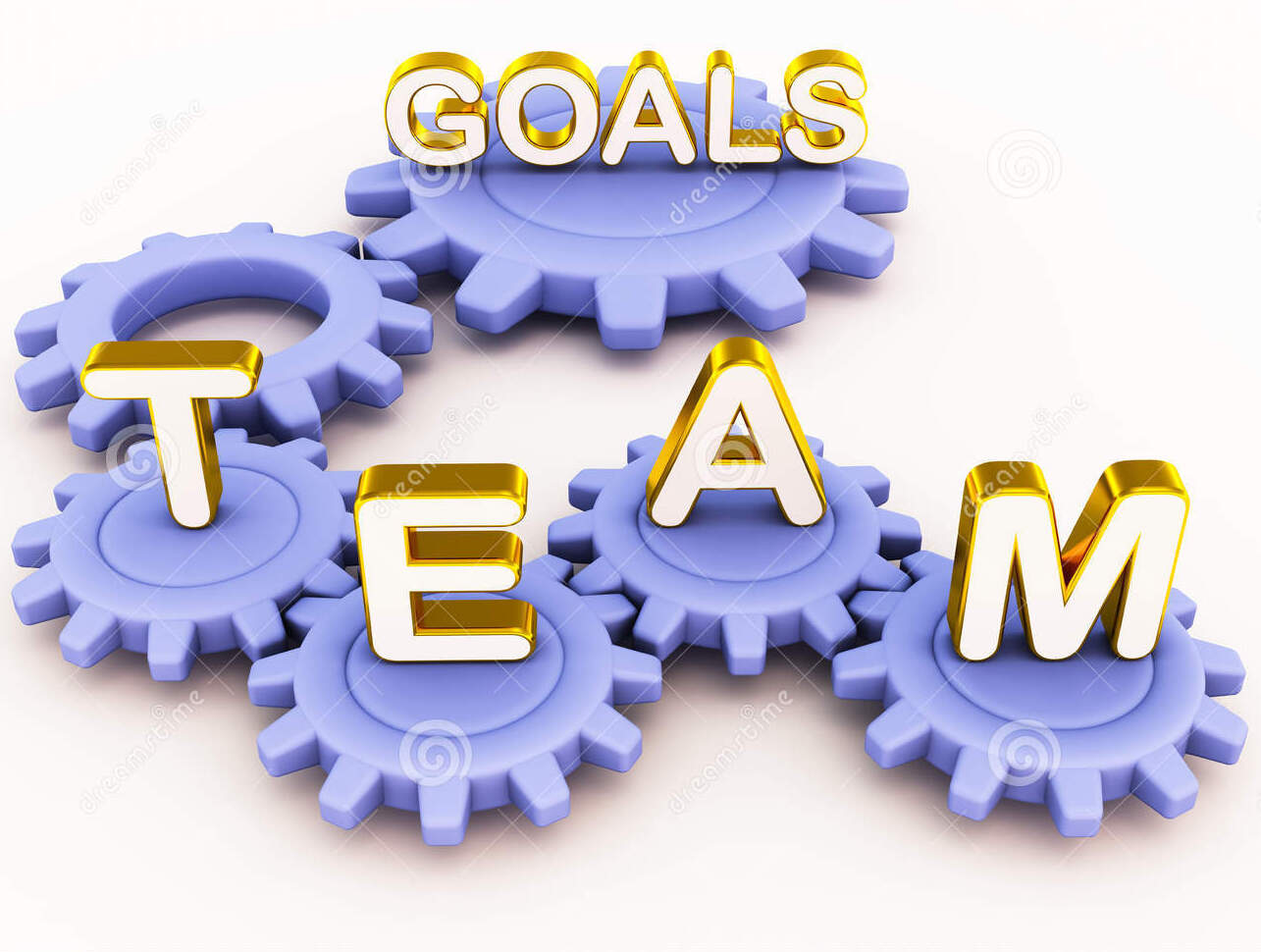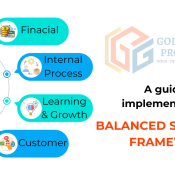
How To Set Team Goals In The Right Way – Part I
Some organisations set team goals, and some organisations achieve their goals. What sets them apart?
Employee engagement.
According to the latest research, only 2 out of your 10 team members are engaged at work. Many companies fail to turn their strategic vision into reality because leaders overlook this vital cornerstone of success.
When people don’t care about their work or the big picture, they won’t make a meaningful contribution to the team or the organisational strategy. On the flip side, the latest research shows how engaged employees drive business performance:
- 18% increase in productivity
- 23% increase in profitability ($$$)
- 66% increase in employee well-being (leading to better performance)
Successful strategy execution relies on employee engagement, You can’t brute force success with a top-down directive where C-suite leaders bark orders to their minions. Instead, you must combine a bottom-up and top-down approach. You can improve employee engagement and build high-performing teams by embracing a collaborative approach that gives everyone a voice.
Read on to explore the six pillars of effective team goal-setting and how you can create a mechanism that leads to more engaged employees, faster strategy execution, and better business outcomes.
It all starts with strategic clarity
In the previous Strategy Report, we found a mere 46%of team members feel like they’re part of the company strategy. If you don’t share your strategy with your people, they will operate on assumptions and their initiative. Teams start rowing in different directions without context, and resources go to waste.
Stomp and shout all you like, but the buck stops with the leader when it comes to a lack of strategic clarity. You’ll find the culprit in the mirror if you want someone to blame.

How to improve your team goal-setting with strategic clarity
With strategic clarity, you can keep everyone on the same page. As you improve team alignment and employee engagement, you positively influence business performance.
According to the latest research, highly aligned companies have almost 17 times higher employee engagement. The result? 58% faster revenue growth and 72% higher profit margins.
Here’s how to get started:
- Communicate the company’s strategic priorities so your team has a clear understanding of direction and how can they contribute to the success
- Align team goals with company objectives to help everyone connect their daily actions to the company strategy and vision.
- Give everyone access to the information they need on any project in real time. This open collaboration will help eliminate silos to create a transparent environment.
When you give employees clarity around their role and how it relates to team goals and the company’s vision, you empower them to deliver a more significant impact.
Establish the process with the right framework
Anyone can dump a list of business goals in a spreadsheet. But nine times out of ten, those lofty ambitions will soon be forgotten, doomed to gather mothballs on some dusty laptop or cloud folder.
You can plan innovation in the boardroom, but it happens on the ground. Your customer support department, marketers, sales team, and the people creating your products and services are the ones who will understand the need to adapt better than anyone in the C-suite.
If you want to keep your business strategy top of mind and drive tangible progress on your team goals, you must use a framework that encourages people to take action.

How to improve your team goal-setting with the right framework
There are many different goal-setting frameworks. You must choose the one that fits your organisational culture. Here are a couple worth considering:
SMART Goals
The SMART goals framework is a popular approach. Teams can set targets according to the following criteria:
- Specific. The goal must be clear and simple to help people focus.
- Measurable. Tracking progress drives motivation and builds excitement.
- Achievable. Setting realistic, attainable goals ensures people stay engaged.
- Relevant. Team goals should align with the overall strategy.
- Time-Bound. Every goal must have a deadline to keep progress moving.
SMART goals work well with key performance indicators (KPIs), and the OKR framework discussed below.
OKRs
OKR (Objectives and Key Results) is a trackable, goal-setting framework to assess performance and progress at every level, from a broad organisational view to individual people.
There is a lot to love about the OKR framework, as it helps:
- Align employees to your company goals
- Give clear direction to every team and employee
- Improve accountability and transparency on every goal
- Provide accurate real-time insights to make informed business decisions
With strategic OKRs, you can align team expectations with the company vision and help everyone stay focused on what matters.
How To Set Team Goals In The Right Way – Part II (coming soon)



